Special Tools
| • | EN 46116 Valve Stem Seal Remover/Installer |
| • | EN 46117 Valve Stem Key Remover/Installer |
| • | EN 46119 Off-Vehicle Valve Spring Compressor Adapter |
| • | EN 46122 Camshaft Position Actuator Check-Ball Valve Remover/Installer |
| • | J 8062 Valve Spring Compressor - Head Off |
- Use lubricant included with EN 46122 to lubricate outside of new check valve (1).
- With the check ball end of the check valve facing UP, away from the head, insert the NEW check valve into the check valve bore in the cylinder head.
- Place collar EN-46122-2 (1) over the new check valve with the slightly-larger inside diameter of the collar DOWN toward the cylinder head.
- Using the driver EN-46122-1 (2), lightly tap the new check valve into place until the driver stops against the top of the collar.
- Inspect the camshaft position actuator oil feed check valves in order to ensure they are properly installed in the cylinder head. The camshaft position actuator oil feed check valve should be flush to 2 mm (0.0787 in) below the cylinder head deck surface (a).
- Install the cylinder head coolant threaded plugs.
- Install the NEW cylinder head oil gallery expansion plugs.
- Place the valve stem oil seals onto the guides.
- Mount a new valve stem oil seal using the EN 46116 .
- Push and twist the valve stem oil seal into position on the valve guide until the seal positively locks on the guide using the EN 46116 .
- Lubricate the valve stem and valve guide ID with clean engine oil GM P/N 12345501 (Canadian P/N 992704) or equivalent.
- Insert the valve into the valve guide until it bottoms on the valve seat.
- Position the valve spring on the spring seat.
- Place the valve spring retainer onto the valve spring.
- Compress the valve spring using the J 8062 and the EN 46119 .
- With the spring compressed, install the valve keepers into the EN 46117 .
- Place the keepers into position by pushing the tool downward and releasing tension on the EN 46119 and the J 8062 .
- Verify that the valve keepers are installed by placing a rag over the valve tip and tapping with a dead-blow hammer. The valve keepers and the spring should remain in place.
- Install the engine coolant temperature (ECT) sensor.
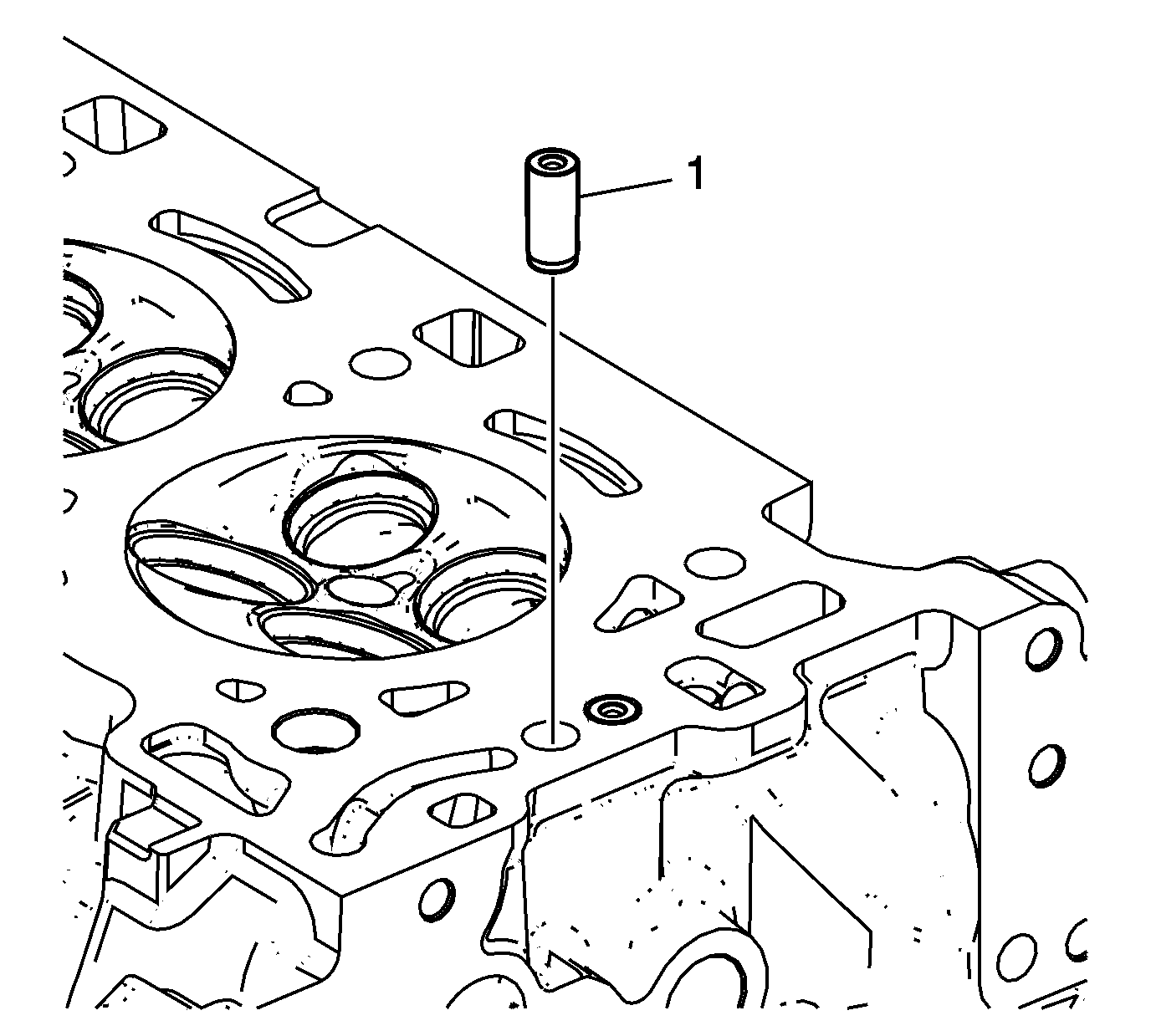
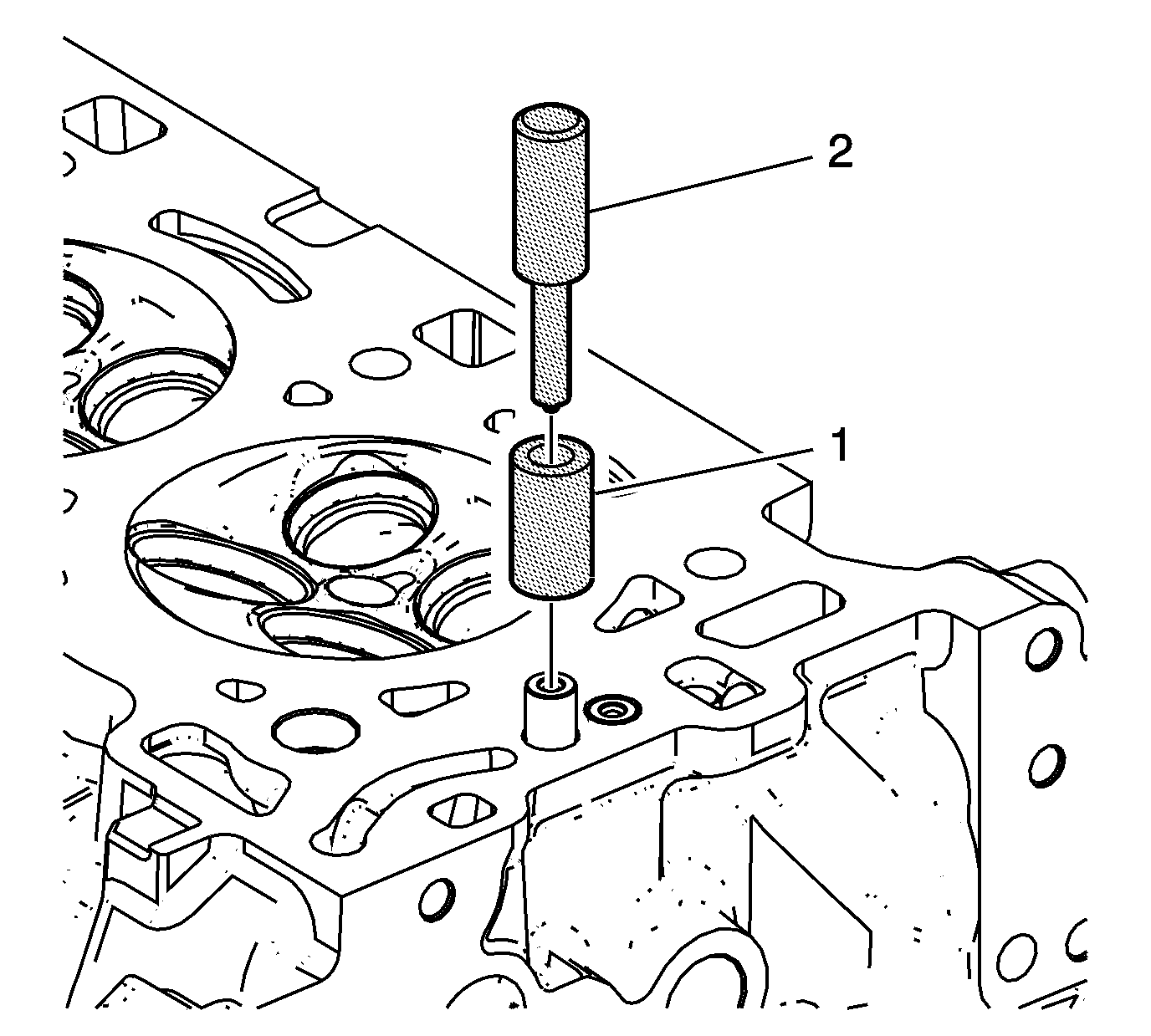
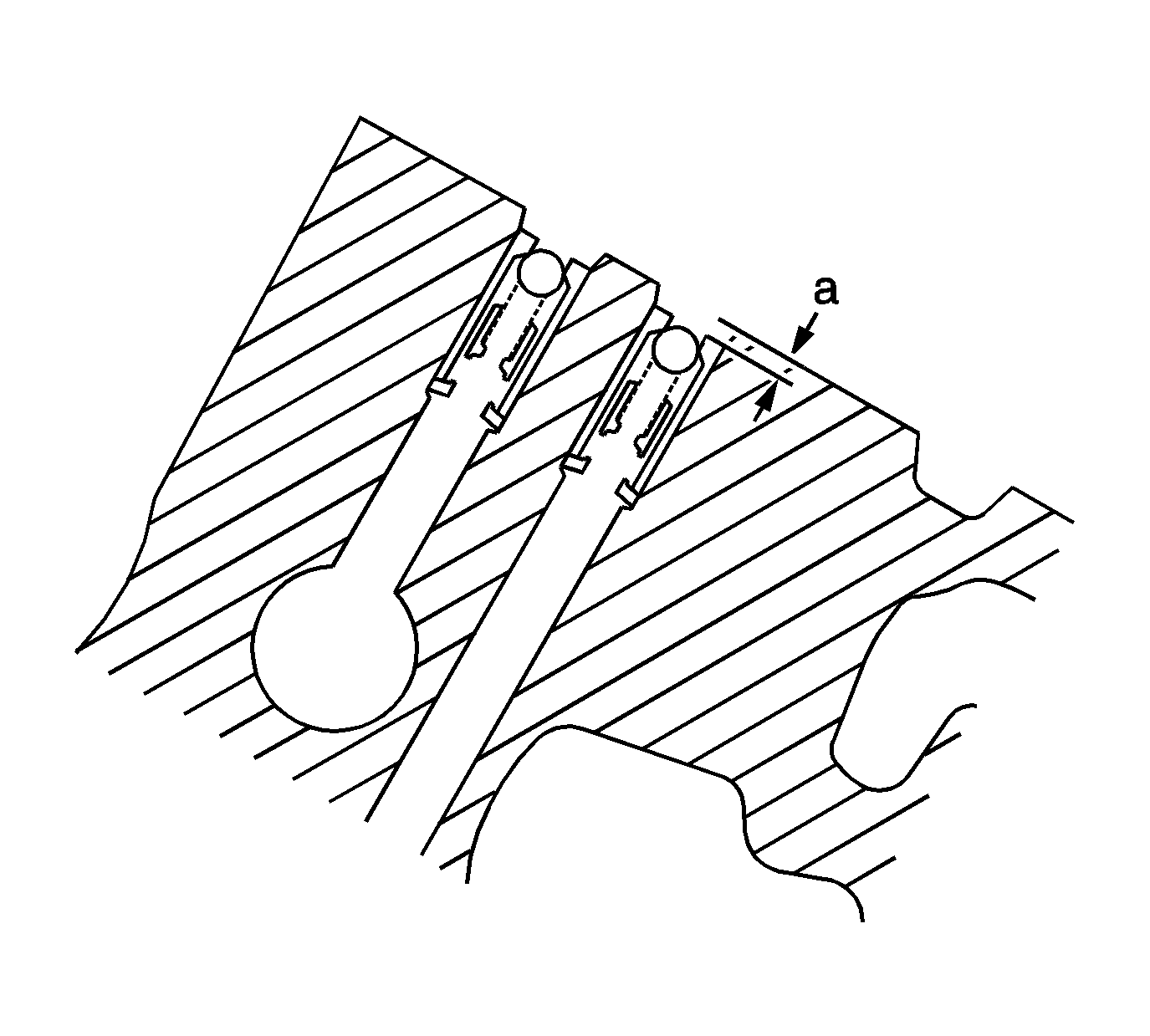
Notice: Refer to Fastener Notice in the Preface section.
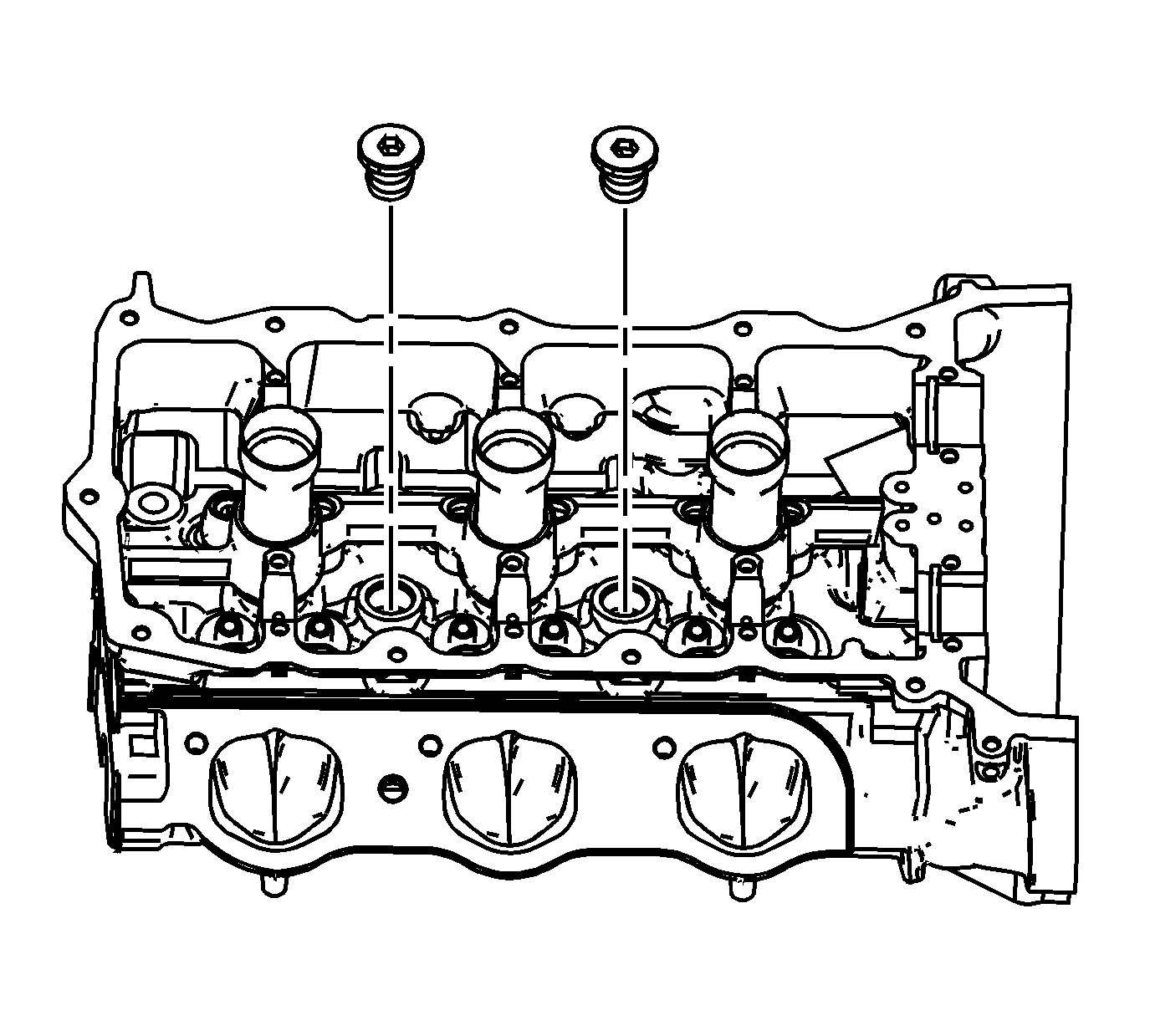
Tighten
Tighten the cylinder head coolant threaded plug to 31 N·m (23 lb ft).
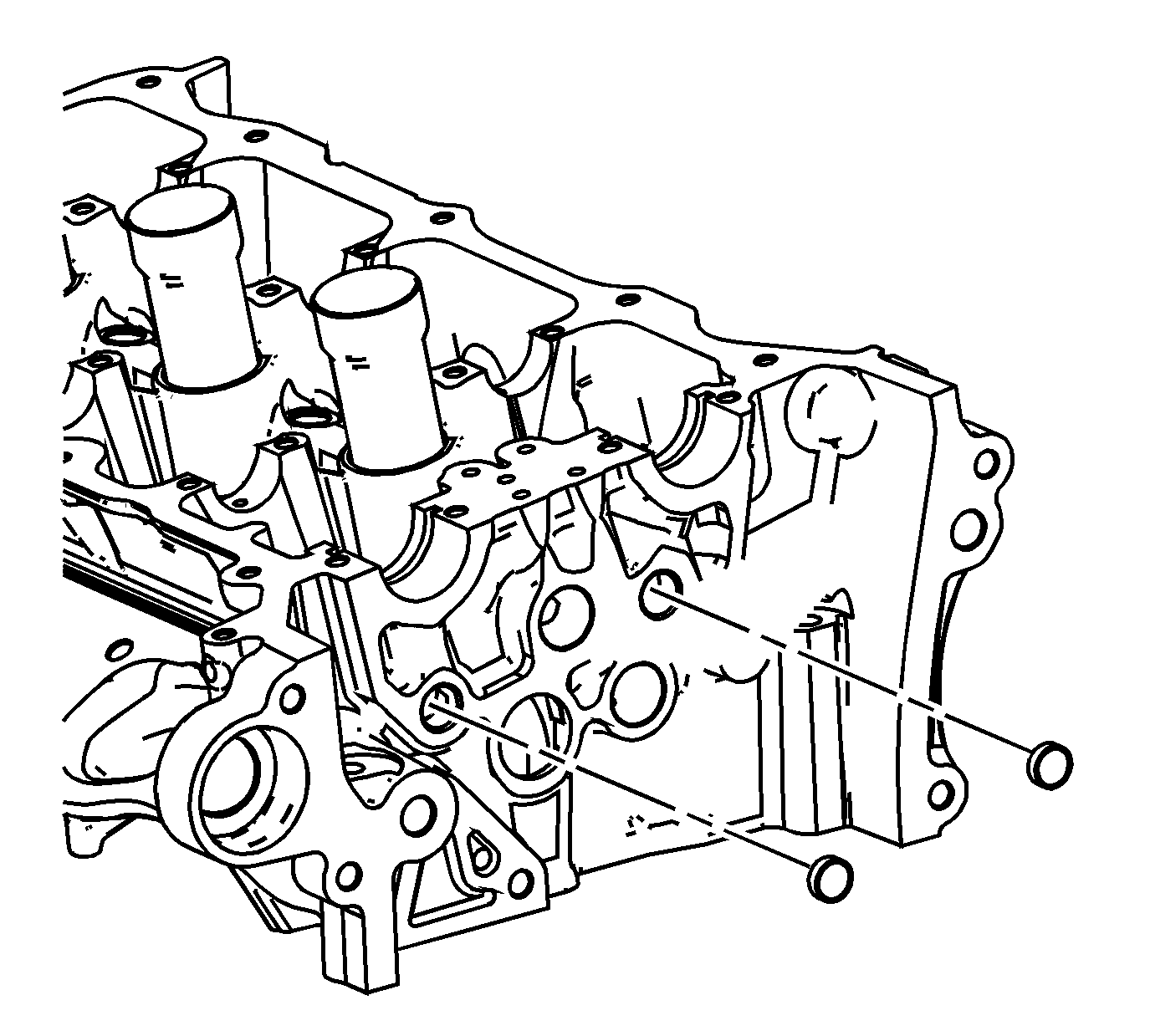
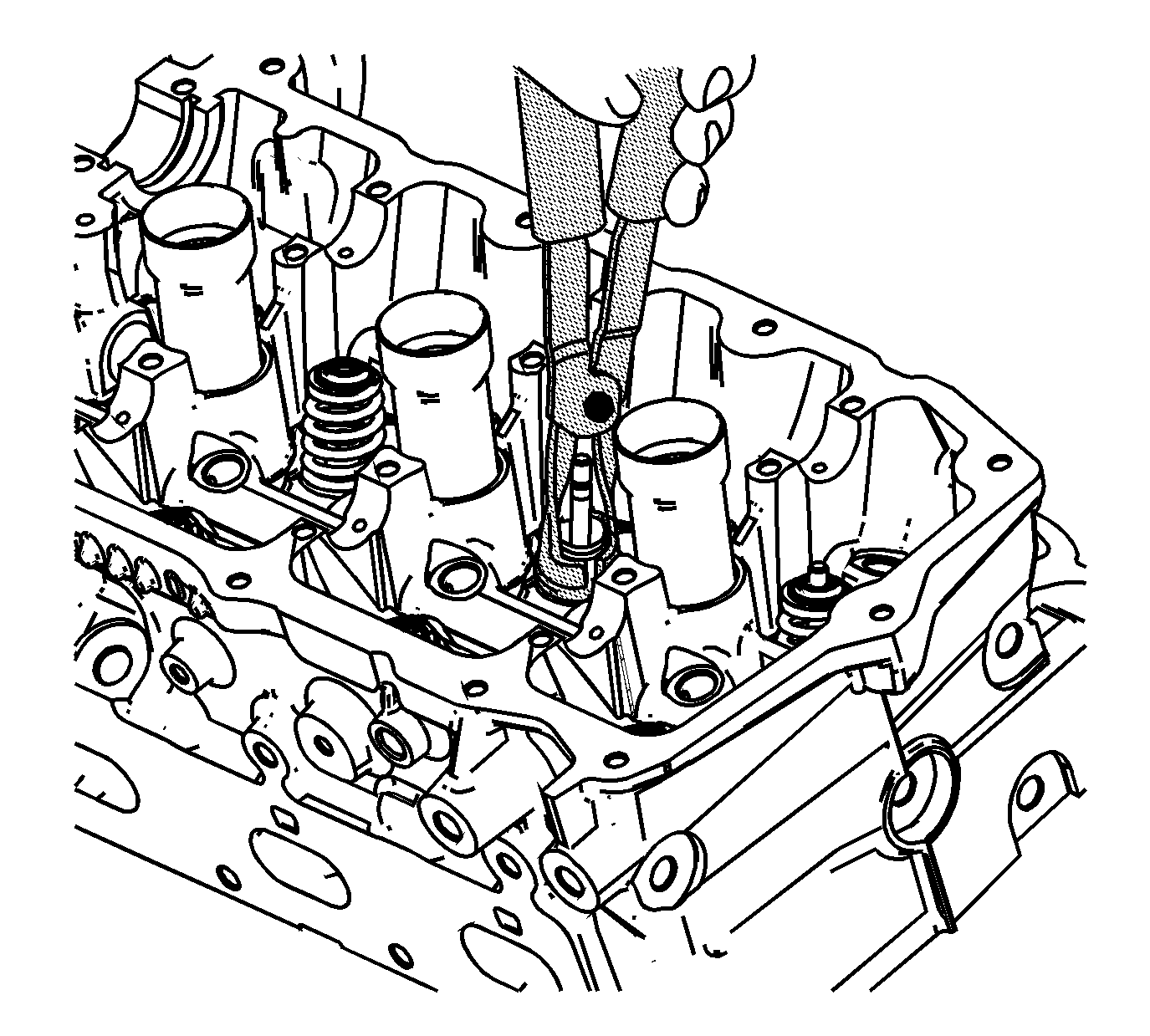
Important: NEVER reuse a valve stem oil seal. Always use new seals when assembling the cylinder head.
Important: Force should only be applied to the valve spring contact area of the new valve stem oil seal during installation.
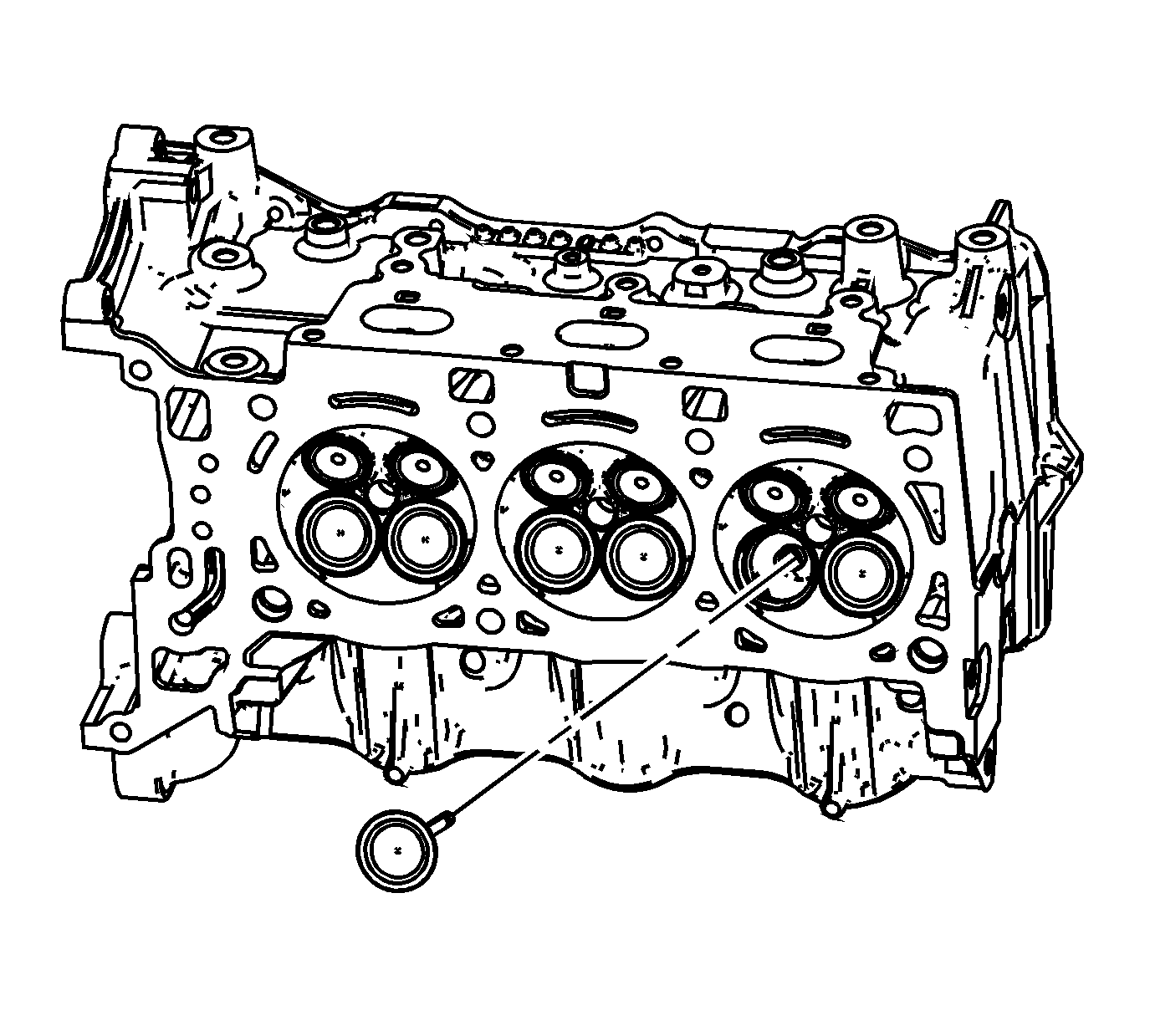
Important: The valve stem oil seal must not come loose from the valve guide when the valve is installed.
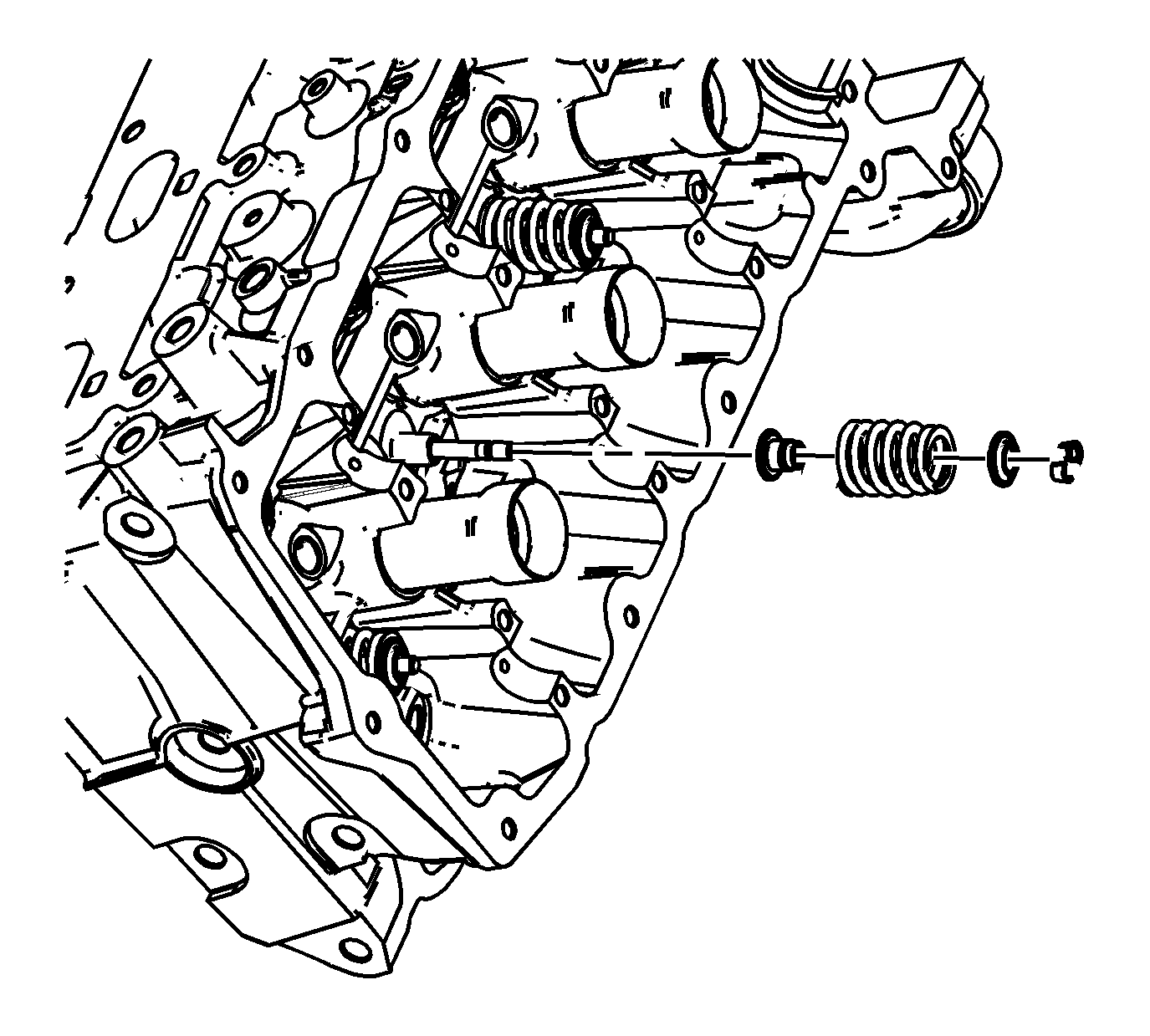
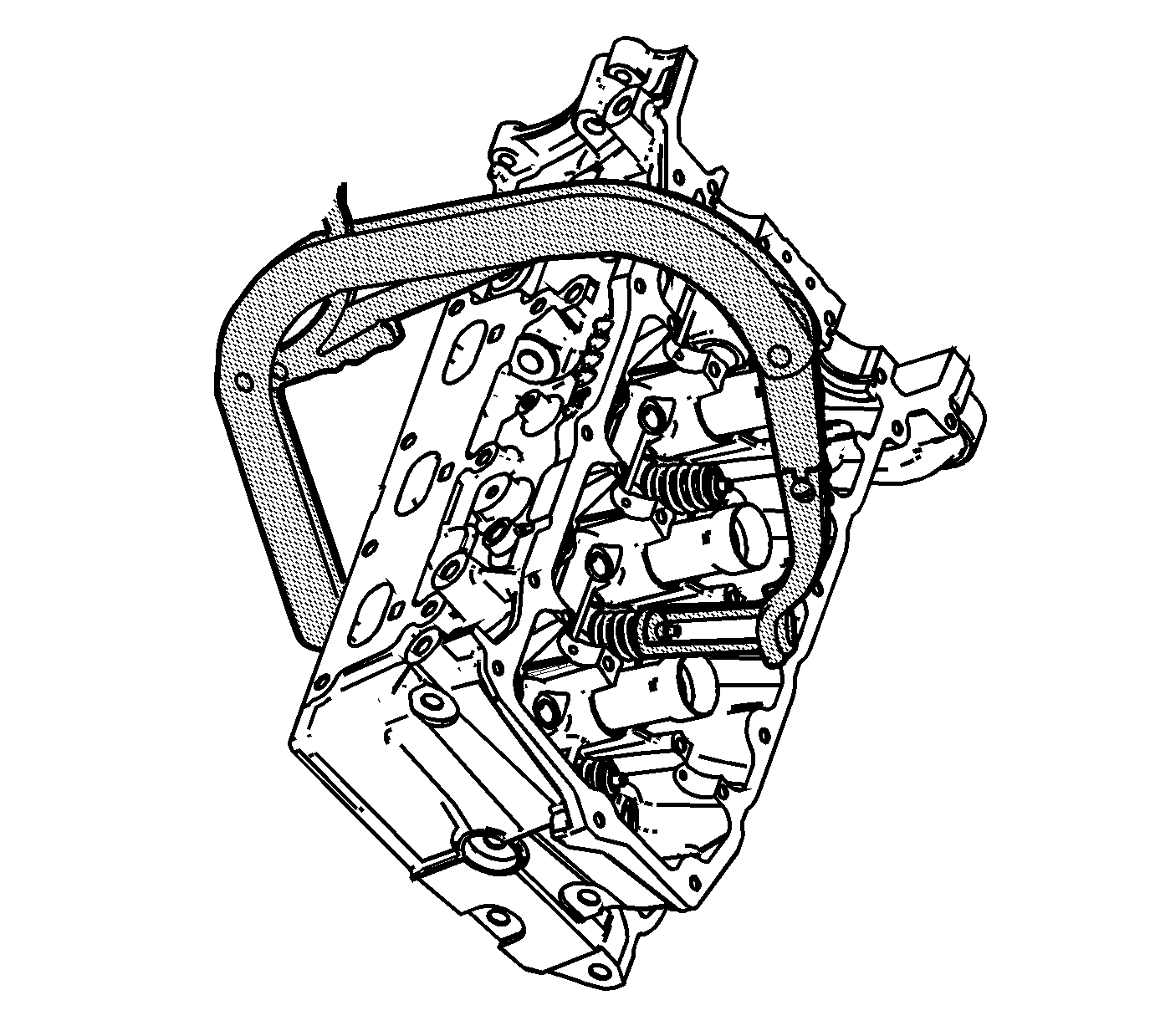
Caution: Compressed valve springs have high tension against the valve spring compressor. Valve springs that are not properly compressed by or released from the valve spring compressor can be ejected from the valve spring compressor with intense force. Use care when compressing or releasing the valve spring with the valve spring compressor and when removing or installing the valve stem keys. Failing to use care may cause personal injury.
Notice: Do not compress the valve springs to less than 24.0 mm (0.943 in). Contact between the valve spring retainer and the valve stem oil seal can cause potential valve stem oil seal damage.
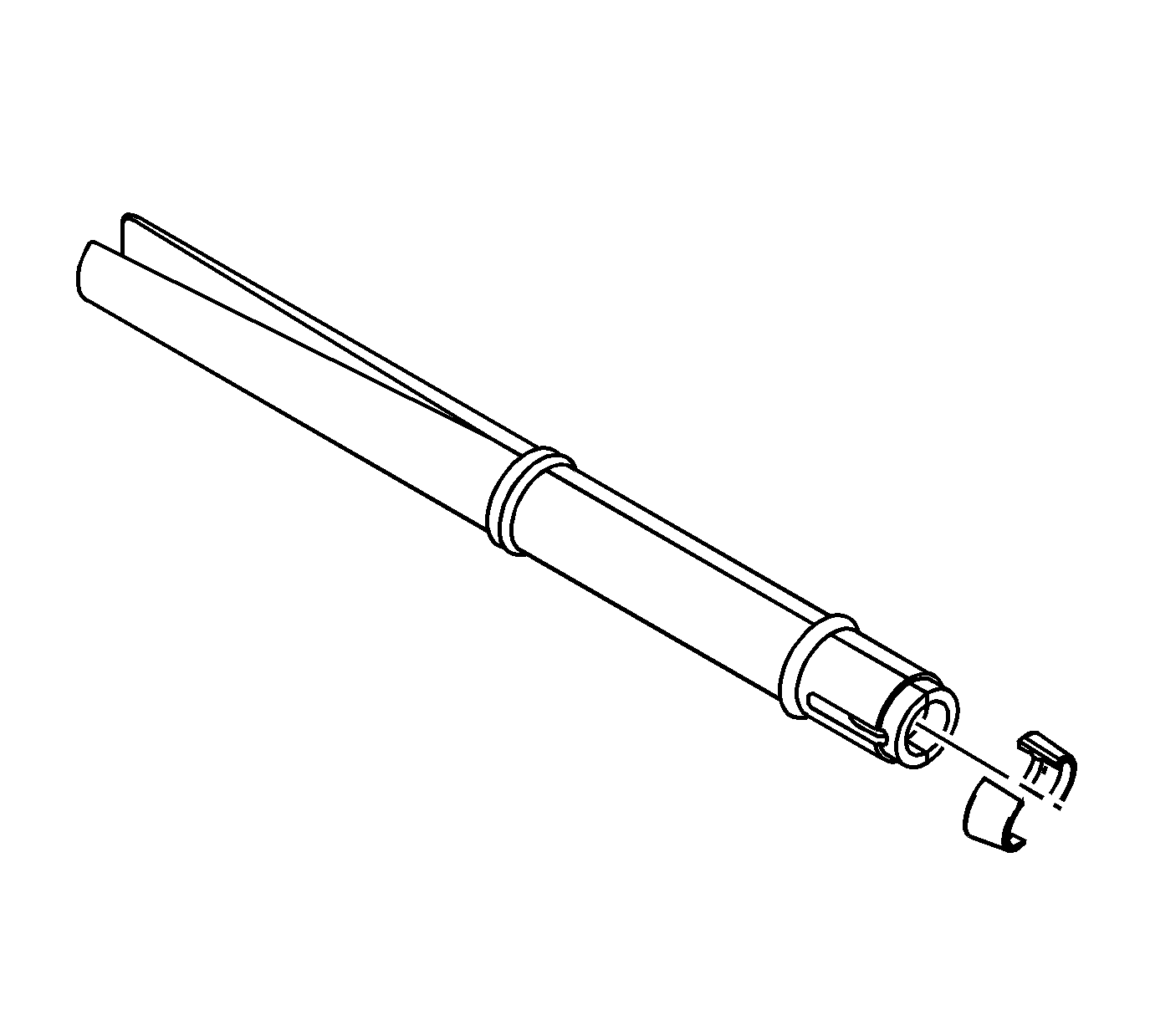
Important: Ensure proper directional placement of valve keepers in the EN 46117 . The valve keepers must be installed with the tapered end towards the valve stem seal.


Tighten
Tighten the ECT sensor to 30 N·m (22 lb ft).
